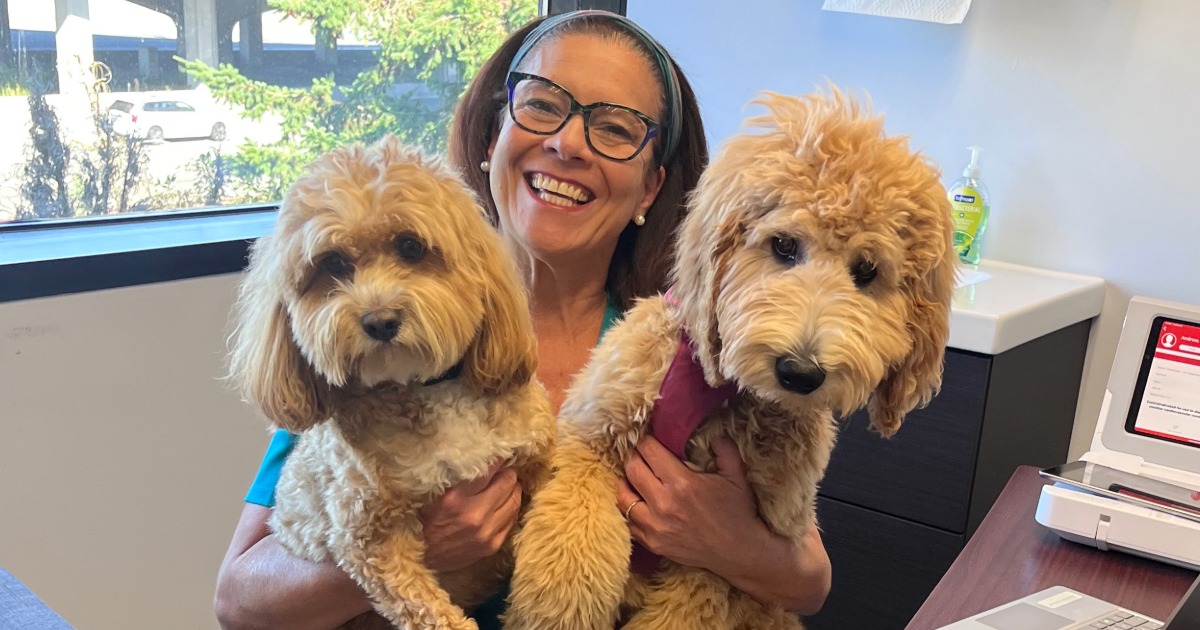Long-term sustainability is one of the critical challenges facing health information exchange (HIE) initiatives. In its recent report, 2011 Report on Health Information Exchange: Sustainable HIE in a Changing Landscape, eHealth Initiative identified just 24 out of the 196 active HIEs around the country that categorized themselves as sustainable.
What is sustainability? There are many definitions, but generally when referring to HIEs we define sustainability as generating enough revenue through various service offerings – excluding grants and donations – to fund operations. Other non-financial attributes may also be associated with sustainability, not the least of which is broad stakeholder involvement and support.
How does an HIE become sustainable? It’s important for the HIE to have a business plan that defines and drives them to sustainability. It doesn’t just happen. In developing a business plan, the HIE leadership must work to understand what their customers value – what they want and need – and what they will pay for. The HIE must offer services for which there is a demand and for which the perceived value is greater than the price customers are expected to pay. It’s a simple concept, yet one that is often missed in HIE formation efforts.
[Commentary: Why RECs and HIEs need each other.]
How can you know what services will be successful in your community? If you want to know what someone thinks about something, ask them.
An HIE needs to understand what services its stakeholders want and need. The best way to find out is to ask them – directly. We suggest holding focus groups with various key stakeholders and having a conversation with them. Physicians, hospital administrators, payer representatives, practice managers, and others will provide incredibly valuable information. They will tell you what they want, as well as what they don’t want. They’ll tell you their frustrations and will let you know what you can do to be successful. Just ask them.
It’s important to have an ongoing dialogue with key stakeholders and understand what they want, need and value for three key reasons:
- To understand what services your community wants and what it would pay for those services.
- To understand the priority your community places on each of the services. This will help you identify the order in which the services should be introduced. Don’t make assumptions.
- Most importantly for the HIE, understanding what your stakeholders value will help you understand what would convince them to change their behavior. After all, implementing an HIE typically requires a change in normal workflows and an interruption in normal workdays. They must believe that it will be worth the time and effort they are investing.
These insights will help determine what services the HIE should introduce – and in what order. This is critical, because long-term success requires an early win, even a small one, to gain stakeholder confidence in the HIE.
[Related: 5 tactics for starting a sustainable HIE.]
The second critical component to achieving sustainability is active stakeholder engagement and participation. A sustainable HIE must build and maintain the trust of those it serves. This involves understanding their needs – from both a service and cost perspective – providing services that meet those needs, and delivering on your promises. It also means delivering those things that your stakeholders told you were critical for success, such as protecting patient privacy or ensuring data is accurate and timely, and improving services as time goes by.
The best way to ensure that stakeholders continue to participate in the HIE is to deliver value and maintain a continuous active, dialogue with them. Ask them what they need and tell them what you’re doing about it.
How does an HIE begin the stakeholder dialogue? There are many approaches to initiating a dialogue, but one excellent way to begin is to hold focus groups. Successful focus groups for obtaining stakeholder wants and needs often combine education, discussion, and group surveys.
This was the approach taken by a healthcare collaborative charged with coordinating multiple HIE efforts in one Midwestern state. In this case several focus groups were held to accommodate the multiple geographies and multiple types of stakeholders that would be served by the HIE. Focus group participants, including physicians and hospital administrators, were asked to rate potential HIE services first by their perceived importance in improving the quality of healthcare being delivered in their community. Next, they were asked to rank the same set of services based upon the perceived impact on their own businesses – how high a priority they placed on each service.
The results were eye-opening. Of the more than 20 services listed, only a few were ranked equal or nearly equal in both importance and priority. It was clear from these results that much work still needed to be done to identify the initial set of core services that should be offered.
Once the focus group information is consolidated, it should be validated among the broader stakeholder community, for example with an online survey. This expands the body of knowledge that the HIE initiative has to work with, and it encourages participation by many more providers than is possible with focus groups alone.
Leveraging information
Once equipped with information on what services stakeholders want to see and when, the right business model can be developed and deployed to ensure the HIE delivers both short- and long-term value.
[HIMSS on public health and PHRs: Don't be left out.]
Finally, the relationships established through focus groups and on-line surveys should be leveraged to launch a communications strategy that encourages ongoing stakeholder dialogue and feedback. By keeping the lines of communication open, HIEs can continue to take the pulse of their stakeholders, utilize that information to guide the development of additional services, continue to deliver value, and ensure their sustainability.
Checklist for Understanding Stakeholder Wants and Needs
- Develop an approach for understanding the community’s wants and needs
- Develop specific objectives and define what you want to learn
- Determine which stakeholder groups will be assessed
- Educate and inform the community about HIE and the upcoming assessment process
- Design the initial focus group agendas
- Select participants for the focus groups
- Conduct the focus groups and analyze the results
- Develop an on-line survey tool
- Conduct broader stakeholder surveys and analyze the results
- Establish HIE critical success factors that are based on the wants and needs identified
- Use this information to develop your core service offerings
- Continue the dialogue with your stakeholders
Laura Kolkman, RN, MS, FHIMSS, is founder and president of Mosaica Partners (www.mosaicapartners.com), a nationally recognized HIE consulting firm, and co-author of The Health Information Exchange Formation Guide.


